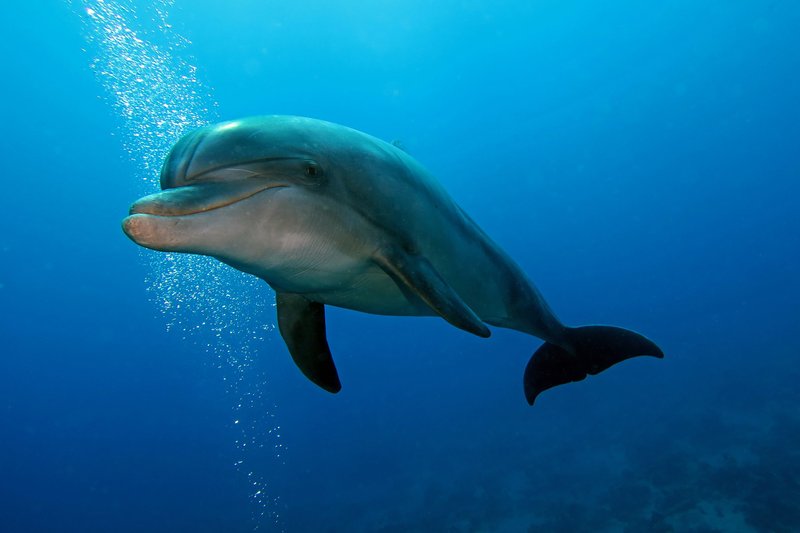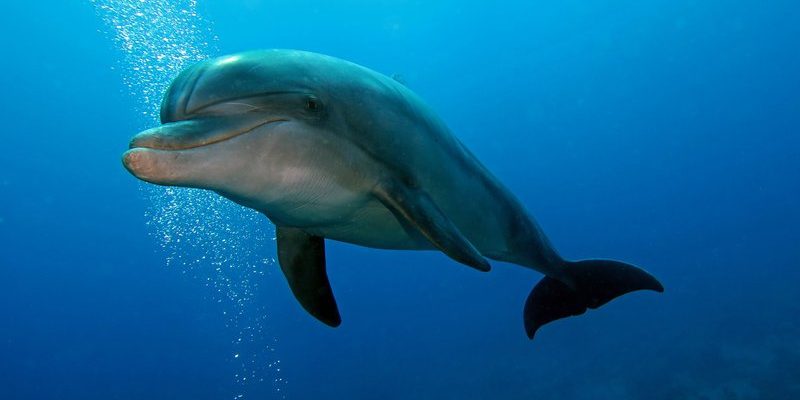
So, are bottlenose dolphins endangered? The answer is a bit of a mixed bag. It’s not just a simple yes or no. While they’re not listed as endangered globally, certain populations are definitely facing threats. Let me explain what’s going on, why these lovely marine mammals need our attention, and what conservation efforts are being made to protect them.
Understanding Bottlenose Dolphins
Bottlenose dolphins are one of the most well-known dolphin species around the globe. They’re often found in warm, tropical waters and are famous for their intelligence and social behavior. Just think of them as the social butterflies of the ocean, often seen swimming in groups called pods. A pod can have anywhere from a few individuals to over a hundred!
These dolphins communicate through a series of clicks, whistles, and body movements, which is pretty fascinating. Imagine chatting with friends not just with words but also through dance! Bottlenose dolphins also have incredible echolocation abilities, allowing them to find prey and navigate their surroundings, much like how a bat flies in the dark.
But here’s where it gets serious: despite their fun-loving nature, they’re currently facing threats from pollution, habitat loss, and fishing practices. It’s crucial to grasp the state of these creatures to understand the urgency of conservation efforts.
The Current Status of Bottlenose Dolphins
Globally, bottlenose dolphins are classified as “Least Concern” by the International Union for Conservation of Nature (IUCN). Sounds good, right? Well, sort of. This classification means that, as a whole, the species isn’t at immediate risk of extinction. However, it’s essential to dig deeper. Different populations can have different statuses. For example, some groups are struggling due to local environmental issues, while others are faring better.
In certain regions, like the Indian River Lagoon in Florida, local bottlenose dolphin populations are facing severe threats. Habitat degradation, water pollution, and red tide events have led to declines in their numbers. You might wonder why this matters. Well, dolphins play a vital role in their ecosystem, acting as indicators of ocean health. If they’re in trouble, it often means that the underwater world is in distress too.
Major Threats to Bottlenose Dolphins
Bottlenose dolphins face several threats caused by human activities, and understanding these is key to their conservation. Here are some of the major issues:
- Pollution: Chemicals, plastics, and sewage can harm dolphins directly or affect their prey. Imagine trying to eat a delicious meal but finding it full of garbage—that’s what these dolphins are facing.
- Fishing Practices: Bycatch, where dolphins get accidentally caught in fishing nets, is a significant issue. This often leads to injury or death, essentially wiping out whole families of dolphins.
- Habitat Loss: Coastal development and boat traffic can destroy critical habitats. If you think about it, if your home were being bulldozed to make way for a mall, you wouldn’t feel safe either!
- Climate Change: Rising sea temperatures and changing ocean conditions can impact food availability and migratory patterns, similar to moving the goalposts in a game unexpectedly.
Each of these factors contributes to the stress bottlenose dolphins are experiencing. It’s a bit of a snowball effect, where one issue amplifies another, creating a challenging environment for these creatures.
Conservation Efforts in Action
So, what’s being done to help our dolphin friends? The good news is that various organizations and governments have stepped up to tackle these challenges. Here’s how they’re making a difference:
- Protected Areas: Establishing marine protected areas helps safeguard dolphin habitats, ensuring they can thrive without human interference. It’s like building a protective bubble around them.
- Regulating Fishing: Implementing stricter fishing regulations can reduce bycatch and allow dolphin populations to recover. Think of it as setting fair play rules in a game—everyone needs a chance to win!
- Public Awareness Campaigns: Educating the public about the importance of bottlenose dolphins raises awareness and encourages conservation-minded actions. When people know how amazing these creatures are, they’re more likely to protect them.
- Research & Monitoring: Ongoing research helps scientists understand population dynamics, health issues, and threats. More knowledge means better strategies for protection.
Conservation is a team sport that requires collective action. When everyone pitches in, it’s easier to tackle the challenges bottlenose dolphins face.
How You Can Help
Feeling inspired? You might be wondering what you can do to help these magnificent creatures. It’s more straightforward than you think! Here are a few simple actions you can take:
- Reduce Plastic Use: Try to cut back on single-use plastics. Every little bit helps to lessen ocean pollution, which is like cleaning up your yard to keep it pretty!
- Support Ethical Wildlife Tourism: If you’re thinking of swimming with dolphins or observing them, choose responsible, ethical tours. This ensures that dolphins are treated well and not exploited.
- Advocate for Policy Changes: Support local and national policies that protect marine environments and wildlife. Your voice can create positive change!
- Participate in Clean-Up Events: Join beach clean-ups to help keep our oceans clean. It’s a fun way to get involved while making a real difference!
Making a difference doesn’t always mean big actions; small steps can create waves of change.
Final Thoughts
Bottlenose dolphins are enchanting creatures that deserve our protection. Although they aren’t classified as endangered worldwide, some populations are struggling and need our help. The challenges they face are complex, but with awareness and action, we can improve their situation.
By understanding the threats and taking proactive steps, we can ensure that future generations get to enjoy the playful leaps of bottlenose dolphins in the open ocean. Together, we can make a meaningful difference in their conservation. So, let’s rally for our dolphin friends and keep the waves of hope alive!

